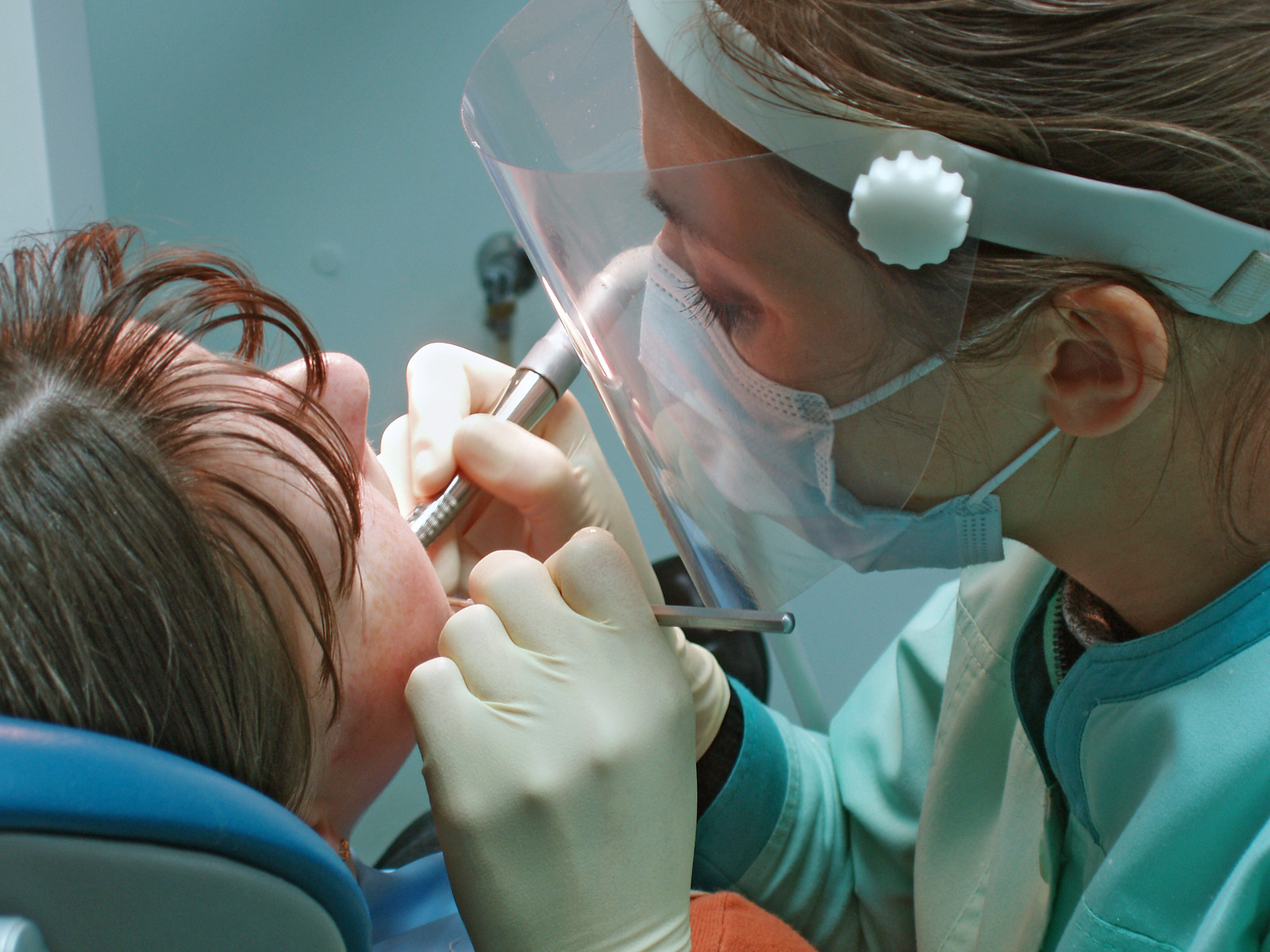Gum disease is common and preventable, but potentially serious if not prevented or addressed in its earliest stages.
The two forms of periodontal disease
As plaque accumulates on your teeth, the bacteria that forms that plaque produces toxins that make your gums swell and prone to bleeding easily. At this stage, periodontal disease presents as gingivitis. The longer that plaque stays on your teeth and the more plaque that accumulates, the more toxicity will develop in your mouth. Over time, that toxicity will affect not just your gums, but also the bone and ligaments in and around your jaw. At the point that periodontal disease has progressed to the point that it affects your bone, it presents as the much more serious condition called periodontitis.
While gingivitis is not necessarily extremely serious — after all it is an early stage of gum disease and can be treated and reversed quite easily — it can progress to the very serious periodontitis if it is not arrested along with a recommitment to good daily hygiene habits.
The causes of periodontal disease
Periodontal disease — also called gum disease — is primarily caused by the accumulation of plaque on your teeth. What’s especially important is to determine what is allowing that plaque to produce. The most common cause of plaque accumulation is poor daily hygiene habits and a failure to have teeth professionally cleaned by a dentist near you to make sure plaque and tartar are removed from your teeth regularly.
Apart from the accumulation of plaque, there are a number of factors that can increase your risk of developing gingivitis and periodontitis. Those risk factors include medical conditions that undermine your immune system, taking medications that reduce the production of saliva, smoking history, a history of diabetes, and a family medical history of periodontal disease.
The symptoms of gum disease
Gum disease — especially in the form of gingivitis — often presents with very few or only minor and common symptoms. As gingivitis progresses and develops into the form of periodontitis, those symptoms become more acute and persistent. Because of the initially minor but progressive nature of increasingly serious symptoms, the best way to stay on top of periodontal disease is to attend regular dental check ups twice a year and to have your teeth cleaned annually so your dentist will always be aware of what is happening on and around your gums. The range of symptoms characteristic of periodontal disease include:
- Bleeding gums, especially when brushing and flossing
- Tender, red, and swollen gum tissue
- Shifting or loose teeth
- Receding gums
- A foul taste in your mouth
- Persistent halitosis
- The emergence and gradual deepening of gum pockets as your gums recede
- Changes to the way your teeth meet when you close your jaw
- Changes to the way any dentures fit
- Teeth falling out
Treatment options for periodontal disease
The range of treatment options available to address gum disease varies depending on the form of gum disease you’re experiencing and how that gum disease has affected your gums, teeth, and jaw.
Gingivitis
In the form of gingivitis and the most minor forms of periodontitis, gum disease can often be treated effectively simply be renewing your commitment to daily dental hygiene habits (brushing and flossing) plus regular dental check ups and annual tooth cleanings to ensure all plaque and tartar is regularly removed. During dental check ups to address gingivitis and minor periodontitis, your dentist may apply several non-surgical treatment options beyond teeth cleaning, including scaling and root planing.
Periodontitis
Once periodontitis has progressed beyond its most minor form and begins to affect the bones of and ligaments around your jaw, the damage is too extensive to be treated only by dental hygiene. Your periodontist specialist in NW Calgary will recommend five surgery options to address more serious periodontitis. Those surgery options include: pocket reduction surgery, bone surgery, bone grafts, guided tissue regeneration, and soft tissue grafts. Combined with antibiotics to address infection, antimicrobials to control plaque, regular dental check ups and professional cleanings, and renewed daily dental hygiene habits, those surgical procedures can restore your gums and jaw to good health.
If you have questions about the condition of your gums, don’t hesitate to contact a dentist near you to discuss options for treatment and prevention.
